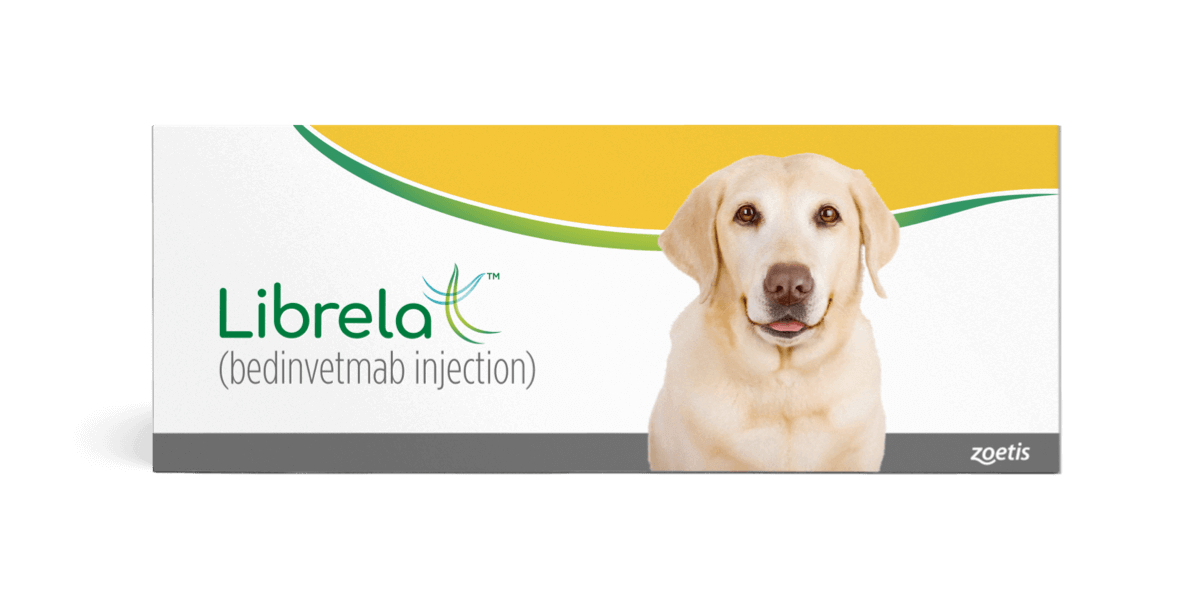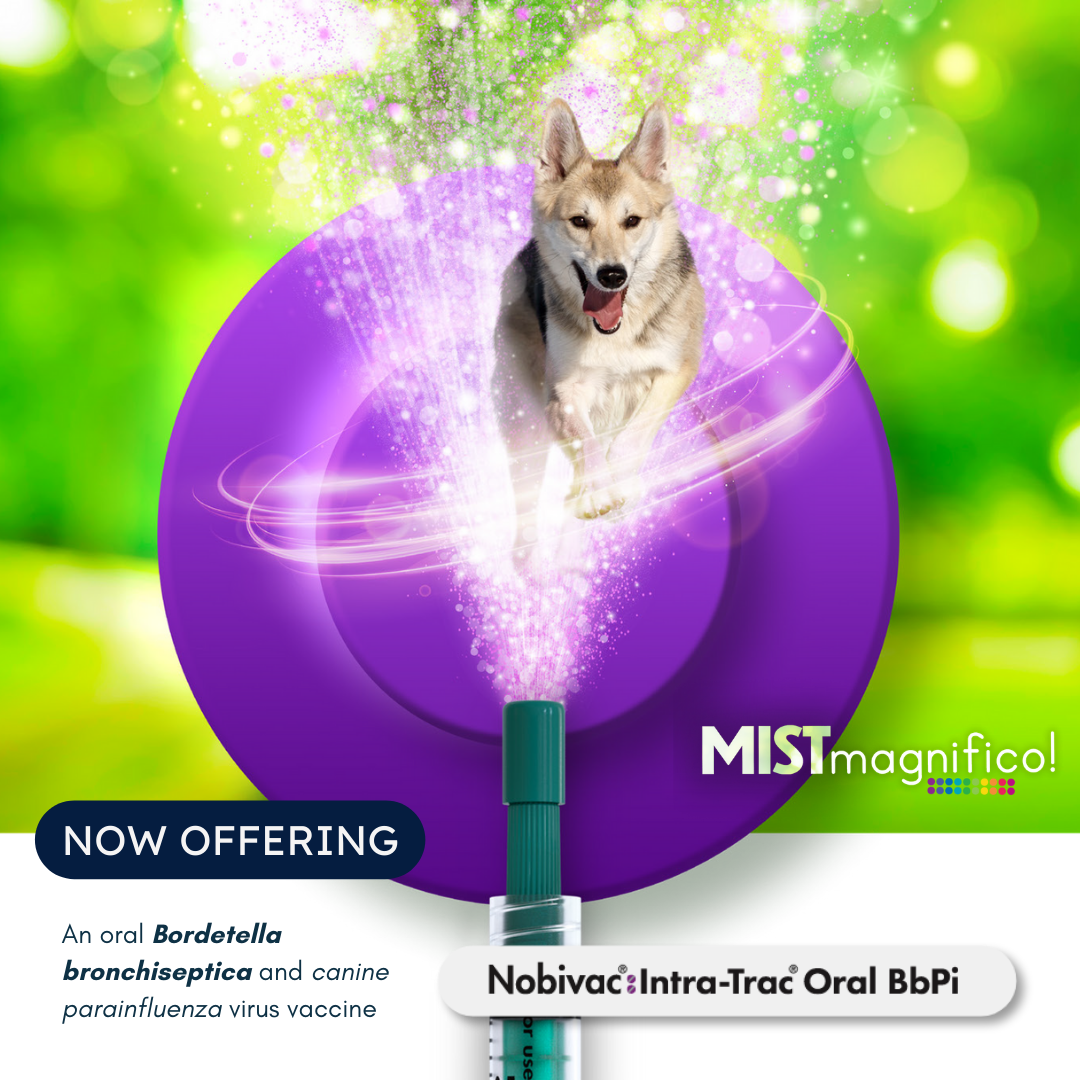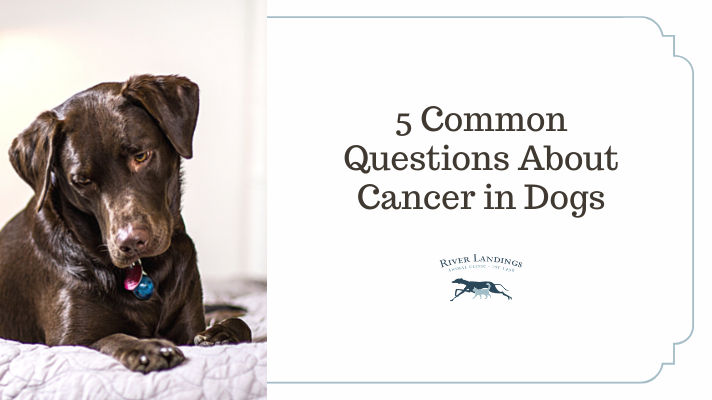Give Your Dog More Days of Play
Librela offers long-lasting pain relief with a once-a-month injection administered by your vet.
Osteoarthritis (OA), or arthritis, is a painful chronic condition of the joints. Pain from OA can severely affect the health and well-being of your dog. Although we can’t cure OA, we can control the pain it causes, which can help your dog be more active and improve their overall quality of life.
OA is a type of arthritis that happens when protective tissue in the joints is worn down, causing bones to rub against one another.
Dogs of all ages, sizes, and breeds can have OA pain—it’s not just a condition seen in older dogs.
OA decreases your dog’s willingness to play, affects their quality of life, and makes it hard for you to do the things you love together.
Ask your vet about the newest osteoarthritis injection for dogs.
One Monthly Injection of Librela Can Reduce Your Dog's OA Pain
By reducing OA pain and helping to restore mobility, your dog can feel better and you can get back to the activities you both love.
Why Librela for Dogs?
✅ By decreasing OA pain, Librela can increase your dog's activity and improve their quality of life.
✅ Effectively controls Canine OA pain with a once-a-month injection given by a veterinary professional.
✅ Available in Europe since 2021, with over 6.8 million doses distributed.
How is Librela different from other pain management medications?
Librela is a monoclonal antibody that specifically targets a key driver of OA pain. It works to reduce pain signals, making it easier for your dog to move and play. Your veterinarian will decide which type of OA medication is best for your dog. Ask your veterinarian if Librela is right for your dog.
It is important that your dog is at an ideal weight and is getting the proper amount of exercise to help manage OA pain. Your veterinarian will work with you on an OA pain management plan that best suits your dog.
Take a look at Zoetis’ OA Checklist to see if your dog is showing signs of OA pain.
Hear From Us Again
Don't forget to subscribe to our email newsletter for more recipes, articles, and clinic updates delivered straight to your e-mail inbox.
Related Categories:









